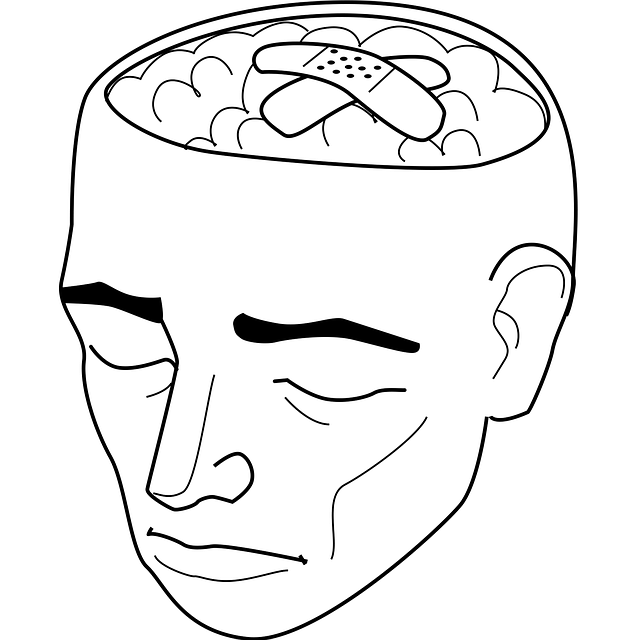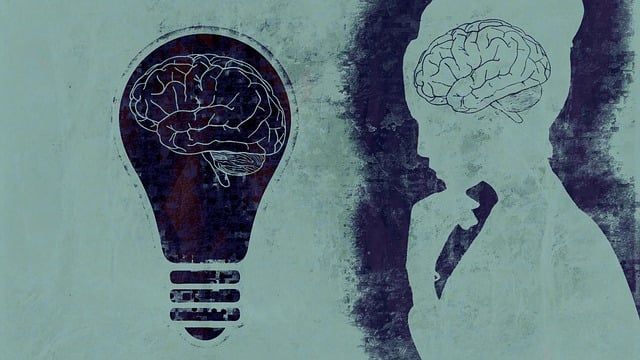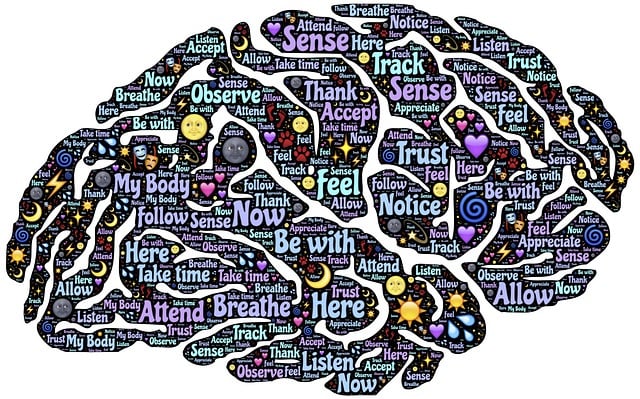Mental wellness app development is a growing field addressing increasing awareness of mental health, offering accessible tools like compassion cultivation and ASL therapy. Greenwood Village, Colorado, has pioneered inclusive mental health services through its American Sign Language (ASL) Therapy program, breaking down communication barriers. By incorporating ASL into digital therapy, these apps enhance emotional well-being, promote self-care, and foster deeper connections for deaf individuals. Centering app design around diverse communities like Greenwood Village ensures accessible, tailored mental wellness support, including peer groups, crisis intervention, and personalized features catering to unique needs.
Mental wellness app development is revolutionizing access to therapeutic support, particularly with the integration of innovative features like American Sign Language (ASL) communication. This growing trend, highlighted by initiatives such as Greenwood Village’s accessible mental health solutions, addresses a critical need in modern healthcare. The article delves into key aspects of app development, including incorporating ASL therapy and designing user-centric features that foster optimal wellbeing support. By exploring these elements, we aim to enhance digital therapy accessibility for diverse populations.
- Understanding Mental Wellness App Development: A Growing Need
- Incorporating American Sign Language (ASL) in Digital Therapy
- Greenwood Village: A Case Study for Accessible Mental Health Solutions
- Designing User-Centric Features for Optimal Wellbeing Support
Understanding Mental Wellness App Development: A Growing Need

In today’s fast-paced world, mental wellness app development has emerged as a crucial need to support individuals navigating their emotional and psychological well-being. With an increasing awareness about mental health, many are seeking accessible and convenient tools to enhance their self-care routine. Apps designed for this purpose offer a range of features, from providing resources on compassion cultivation practices to incorporating mind over matter principles, all aimed at fostering better mental health.
Greenwood Village American Sign Language Therapy is one example of how technology can bridge communication gaps in mental wellness support. By making therapy more accessible, these apps cater to diverse user needs, ensuring that everyone has the opportunity to develop effective self-care strategies. As the demand for digital mental wellness solutions continues to grow, understanding and contributing to this field becomes essential in promoting holistic well-being.
Incorporating American Sign Language (ASL) in Digital Therapy

Incorporating American Sign Language (ASL) into digital therapy offers a revolutionary approach to mental wellness app development, especially for communities in Greenwood Village and beyond. This inclusive strategy recognizes the diverse needs of users, particularly those who are deaf or hard of hearing, by providing an accessible medium for expression and communication. By integrating ASL, these apps can offer Mental Wellness Journaling Exercise Guidance that caters to a wider audience, ensuring no one feels left out.
Embracing ASL not only enhances Emotional Well-being Promotion Techniques but also encourages the practice of Self-Care Practices. Sign language allows for more nuanced and immediate conveying of thoughts and feelings, which can be particularly beneficial in therapy sessions. It enables therapists to connect with deaf individuals on a deeper level, fostering an environment that supports open communication and encourages emotional exploration.
Greenwood Village: A Case Study for Accessible Mental Health Solutions

Greenwood Village, a small community in Colorado, has emerged as a beacon for accessible mental health solutions. One innovative approach that sets it apart is its American Sign Language (ASL) Therapy program, designed to bridge the communication gap between hearing and deaf individuals seeking support. This initiative recognizes the profound impact of language on mental wellness, ensuring that all residents can express their feelings and access therapy effectively.
The village’s focus on ASL Therapy demonstrates a comprehensive understanding of inner strength development and confidence-boosting strategies. By integrating this unique form of communication, Greenwood Village encourages open dialogue, fosters public awareness campaigns for mental health, and ensures that no one is left behind in the pursuit of well-being. This case study offers valuable insights into how communities can revolutionize mental wellness app development by embracing inclusive practices that cater to diverse populations.
Designing User-Centric Features for Optimal Wellbeing Support

In designing features for a mental wellness app, placing the user at the heart of the experience is paramount. This involves understanding their unique needs and preferences, especially for groups like the Greenwood Village American Sign Language (ASL) Therapy community. Incorporating tools that cater to diverse communication methods, such as ASL-interpretation services within the app, can significantly enhance accessibility. By prioritizing user input and feedback, developers can create personalized features like tailored meditation programs or crisis intervention resources, ensuring each individual receives the support they need most.
Effective mental wellness apps should also weave in empathy-building strategies, such as peer support groups and interactive exercises that foster understanding and connection. These elements are crucial for creating a sense of community and belonging, which can be especially beneficial during challenging times. Crisis intervention guidance, seamlessly integrated into the app’s interface, allows users to access immediate help when needed, promoting proactive mental wellness management.
Mental wellness app development is revolutionizing access to therapy, as evidenced by innovative initiatives like Greenwood Village’s American Sign Language (ASL) therapy integration. By combining technology with inclusive design, these apps cater to diverse user needs, ensuring effective support for mental health and wellbeing. Incorporating ASL broadens accessibility, addressing the unmet needs of deaf and hard-of-hearing individuals. This approach underscores the importance of creating comprehensive, user-centric solutions that resonate with a broader audience. Moving forward, developers should continue to prioritize such inclusive practices to foster a healthier digital landscape.









